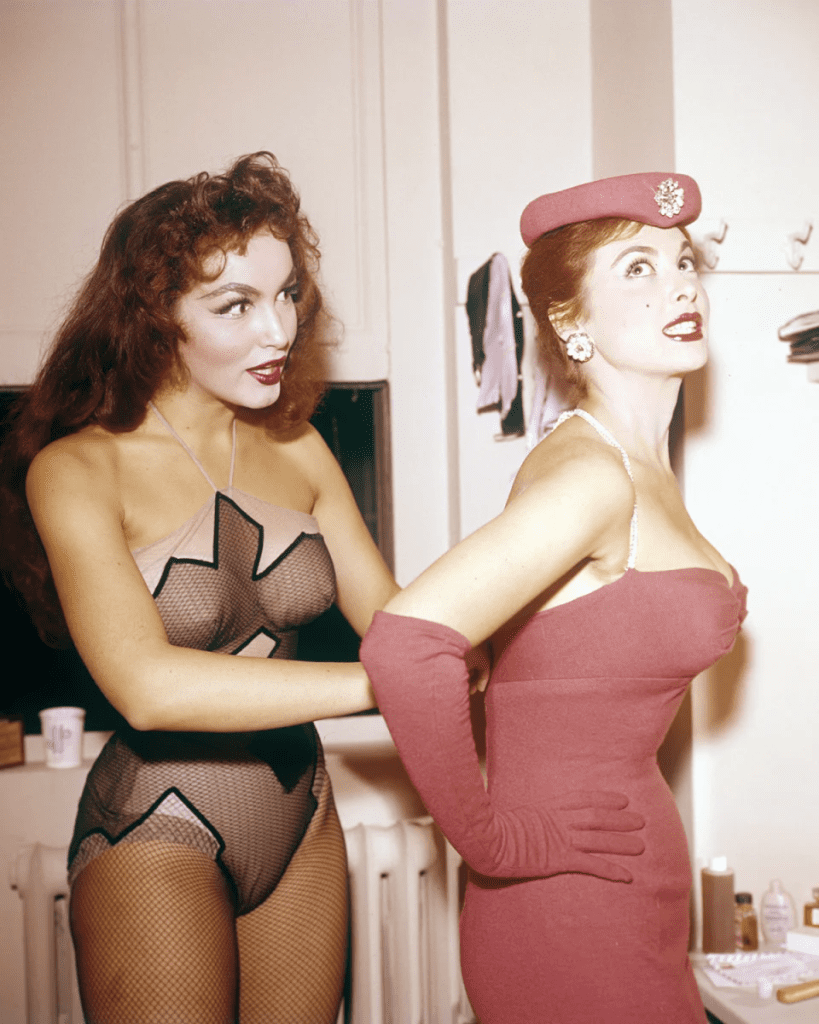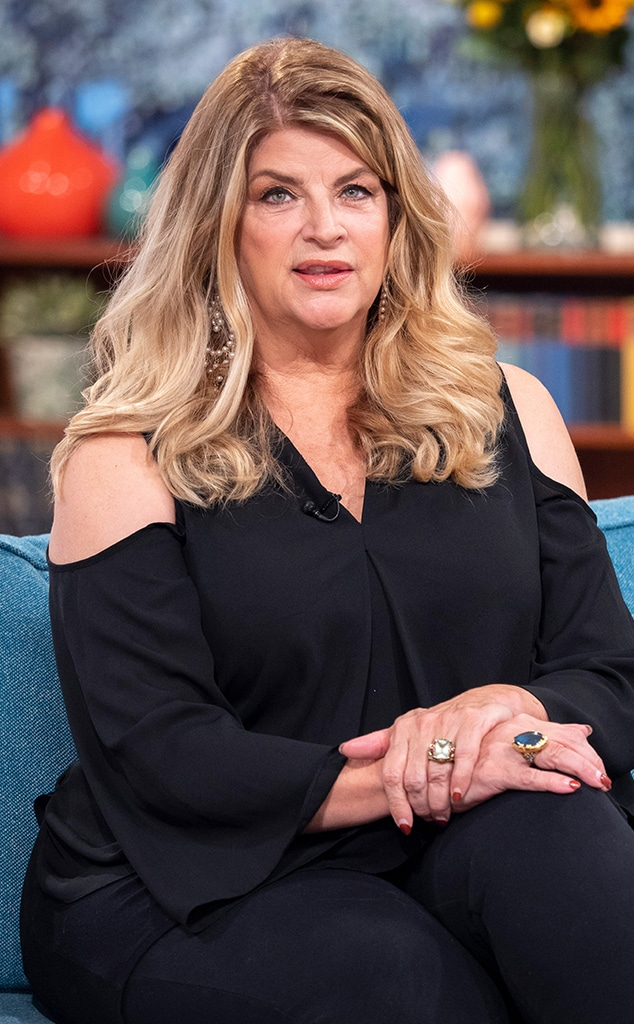Julie Newmar, celebrated for her captivating portrayal of Catwoman in the 1960s Batman TV series, is much more than her iconic role. With a career spanning over seven decades, Newmar has left an indelible mark on film, television, Broadway, and even business. Her legacy as a performer, innovator, and advocate remains an inspiration to fans and industry peers alike. Let’s explore the extraordinary life of Julie Newmar and the many ways she has redefined Hollywood glamour and resilience.
Early Life: A Star in the Making

Born Julie Chalene Newmeyer on August 16, 1933, in Los Angeles, Newmar grew up surrounded by creativity and athleticism. Her mother, a Swedish-French fashion designer, influenced her sense of style, while her father, a former professional football player and Los Angeles educator, instilled discipline and determination.
From a young age, Newmar excelled in dance, joining the LA Opera Ballet as a teenager. Her statuesque beauty, standing nearly six feet tall, and her grace on stage quickly caught the attention of Hollywood scouts. By her late teens, she was working with MGM and Universal Studios, blending her passion for dance with burgeoning acting roles.
Her early film appearances included uncredited roles in movies like She’s Working Her Way Through College (1952), but it was her performance as the spirited Dorcas in Seven Brides for Seven Brothers (1954) that signaled the arrival of a star.
Broadway Stardom and Hollywood Versatility
Julie Newmar’s career flourished on Broadway, where she captivated audiences with her stage presence. Her role as Stupefyin’ Jones in Li’l Abner (1956) became legendary, with her character’s seductive allure leaving an unforgettable impression despite minimal dialogue. Similarly, her performances in Silk Stockings (1955) showcased her range as a dancer and actress, further cementing her reputation as a Broadway sensation.
Transitioning seamlessly to Hollywood, Newmar displayed her versatility in a variety of roles. From comedic parts in The Rookie (1959) to dramatic performances in The Marriage-Go-Round (1961), she proved herself capable of embodying characters with depth and humor.
Catwoman: An Iconic Role in Television History
Newmar achieved household-name status with her portrayal of Catwoman in the Batman TV series (1966–1968). Her performance brought elegance, wit, and a hint of danger to the feline femme fatale, redefining the character for generations.
Despite appearing in only 12 episodes, Newmar’s Catwoman became a cultural touchstone. Her sultry voice, athletic movements, and playful banter with Adam West’s Batman elevated the character into an icon of 1960s pop culture. Future portrayals of Catwoman, from Michelle Pfeiffer to Zoë Kravitz, have drawn inspiration from Newmar’s unforgettable take on the role.
The Businesswoman Behind the Spotlight

Beyond her acting career, Julie Newmar proved herself to be a savvy businesswoman. In the 1970s, she patented her own line of undergarments, including the revolutionary “Nudemar” pantyhose, designed for comfort and practicality. Her success in fashion showcased her entrepreneurial spirit and forward-thinking creativity.
Newmar later ventured into real estate, building a substantial portfolio in Los Angeles. Her business acumen added another dimension to her multifaceted career, demonstrating her ability to thrive beyond Hollywood.
Advocacy and Personal Resilience

Newmar’s contributions extend far beyond entertainment and business. Inspired by her brother John, who was deaf and had intellectual disabilities, she became an advocate for marginalized communities, particularly LGBTQ+ rights. Her support for equality and inclusion reflects her compassionate and forward-thinking nature.
In 1981, Newmar became a mother to her son, John Jewl Smith, who was born with Down syndrome and a hearing impairment. Her devotion to raising her son, while maintaining her career, highlighted her resilience and unwavering love. Balancing motherhood with her professional endeavors earned her admiration from fans and colleagues alike.
A Lasting Legacy in Film, Television, and Beyond
Even after her Catwoman days, Newmar continued to leave her mark on film and television. She appeared in popular series such as Star Trek, Bewitched, and My Living Doll, where she played Rhoda, an android navigating human life—a role that showcased her comedic timing and unique appeal.
Newmar revisited her Catwoman legacy in later years, lending her voice to animated projects like Batman: Return of the Caped Crusaders (2016) and Batman vs. Two-Face (2017). These appearances delighted fans and reaffirmed her place as the definitive Catwoman for many.
Julie Newmar Today: Grace and Generosity

At 90 years old, Julie Newmar remains a symbol of elegance, intelligence, and generosity. She continues to support social causes, advocate for equality, and cherish her role as a mother. Her dedication to living a life of purpose and passion inspires fans across generations.
Newmar’s ability to reinvent herself—whether as an actress, dancer, businesswoman, or advocate—underscores her extraordinary resilience and creativity. She embodies the essence of timeless talent, proving that true icons leave an impact that transcends time.
Conclusion: A Star Who Shaped Generations
Julie Newmar’s life and career are a testament to the power of reinvention and determination. From her groundbreaking portrayal of Catwoman to her achievements on Broadway, in business, and as an advocate, Newmar has left an indelible mark on every field she’s entered.
Her legacy as a trailblazer and cultural icon continues to shine brightly. Whether captivating audiences on screen, breaking barriers behind the scenes, or inspiring others through her advocacy, Julie Newmar remains a true original. Her story is one of elegance, resilience, and endless possibility—a reminder that greatness is defined not just by talent, but by the heart and soul behind it.


